Going off the grid? These five items are tops.
Also read: 11 off-the-grid campsites that are eco-friendly
1. The hard-core cooler box
Wild Cooler
R4495, wildcoolers.com
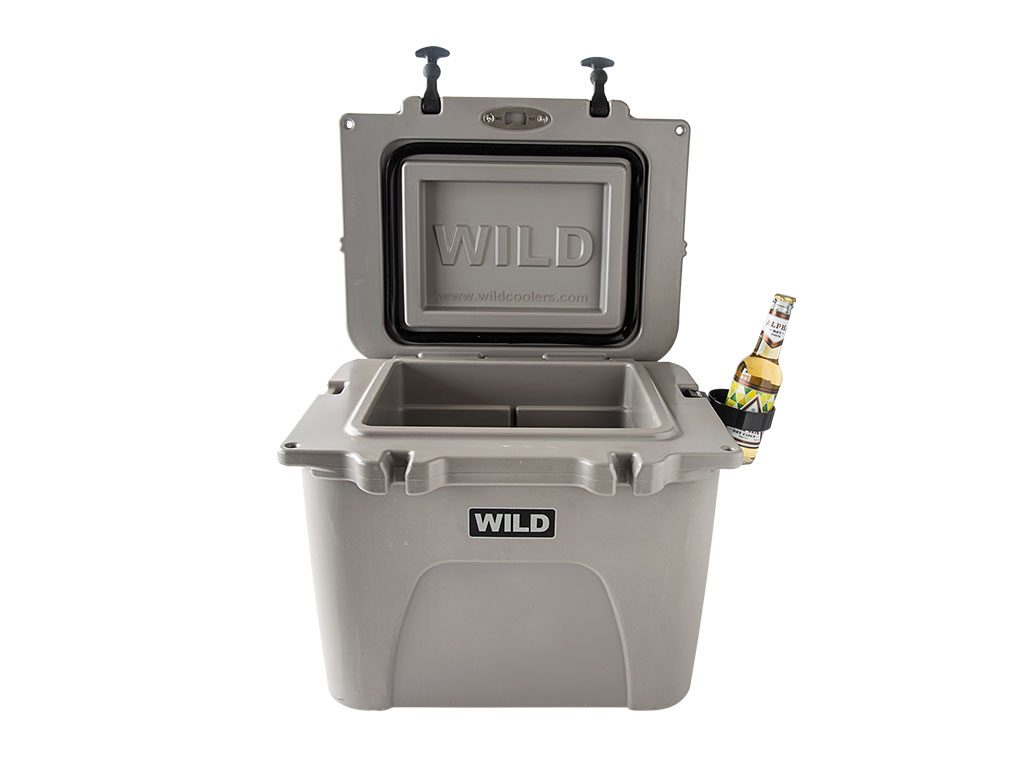
With 50mm-thick insulation walls and lid, the 20L Wild Cooler is designed to live outdoors. It’s on the heavy side at 9,5kg, but for good reason. The thick walls keep ice frozen for a whole weekend without electricity, and the inner lid is fitted with a silicone gasket that ensures an airtight fit to keep the contents cold. There is a leak-proof plug for easy drainage once the ice has melted (obviously, this could take a while). I also love the handy bottle opener built into the lid and the cooler’s non-slip feet, which help it stay in place when travelling. Wild Coolers are also available in 40, 60 and 80L capacities. These bigger models can accommodate suspended baskets (from R365) that slide along the length of the cooler to allow easy access to drinks and ice below, and have removable partitions to keep ice and soft food seperate.
2. An eco-friendly stove
Philips Clean Cookstove
R1500, sustainable.co.za
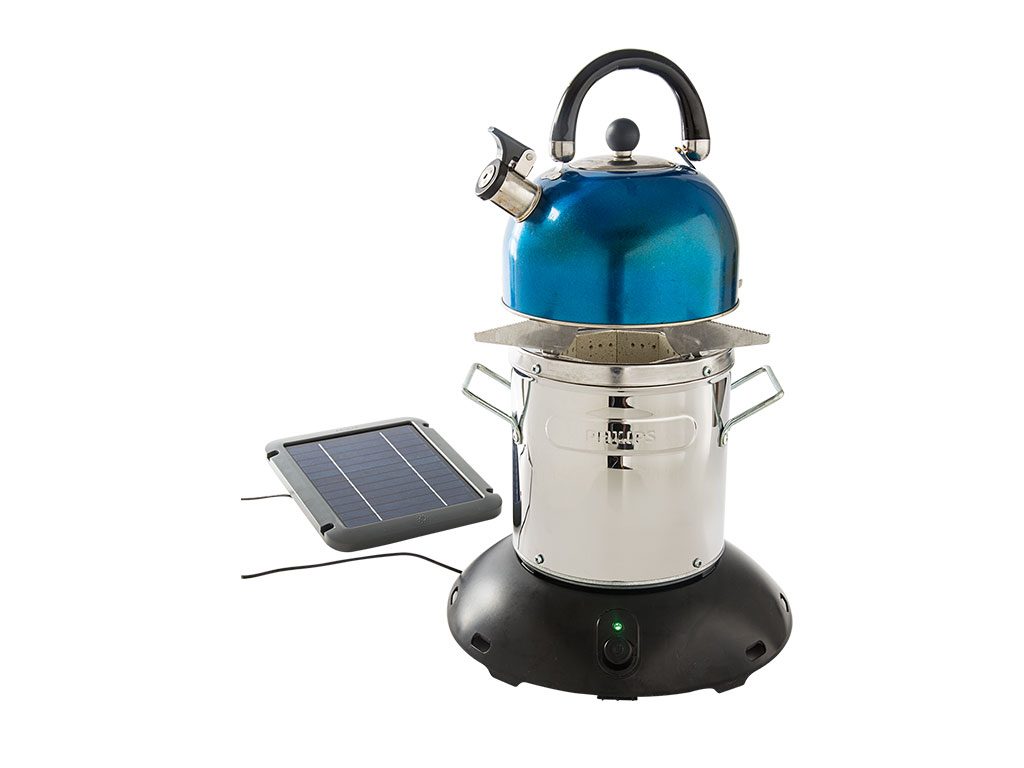
This innovative and eco-friendly camping stove is equipped with a solar panel and is compatible with various clean-burning fuels. Use it as you would a gas cooker (it’s roughly the same size as a No. 3 gas bottle with cooker plate attached). I tested the stove with wood pellets (R60 a bag) and after lighting them with firelighters, the solar-powered fan inside the main vessel helped the embers to maintain a good heat. (When half-filled with pellets, the stove stayed hot enough to cook a potato curry in half an hour.) This cooking process doesn’t produce air-polluting fumes and there’s no smoke, although in testing the last embers did smoulder a little. Manufactured locally and part of the Clean Cooking Revolution, the proceeds from sales of the stoves gon to making them available to South Africa’s rural communities helping to reduce the hazards of traditional stoves and fires.
3. A mobile shower
Rinsekit portable shower
R1595, outdoorwarehouse.co.za
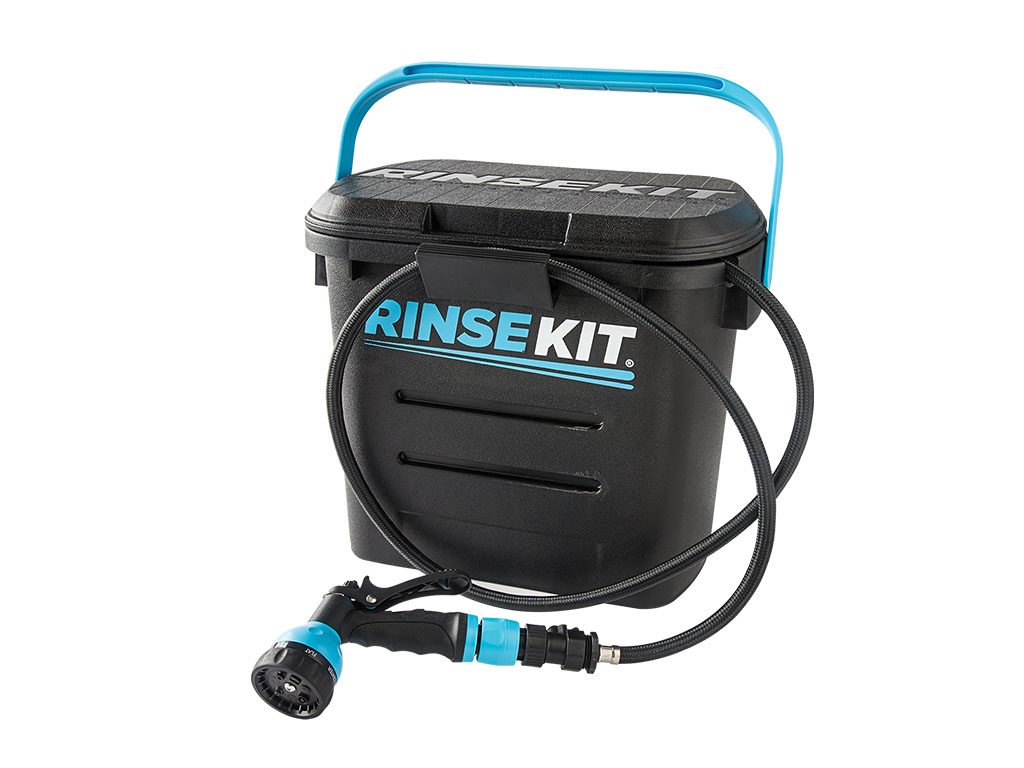
On a recent trip to the Namib desert I became increasingly jealous of the 4X4s kitted out with built-in showers – there’s only so far wet wipes can get you. My envy has now been cured with the RinseKit, a neat pressurised bucket system that requires no batteries. It’s easy to use: just screw the hose onto a tap (it must have a screw-on fitting such as those used with garden hoses) and fill the bucket. Once loaded, the RinseKit delivers a pressurised spray for up to four minutes from a shower head with seven different modes, including a concentrated jetstream. The bucket takes just 20 seconds to fill and the folding handle makes for comfy carrying, which is important because it weighs 11kg when full. This simple invention is also a great lesson in water conservation – you can do a lot with 7,5L. The only snag: most campsites don’t have hot-water taps with the screw-on feature, which means a steamy shower isn’t likely.
4. Extra storage
TrailBoss soft roofracks
R659, outdoorwarehouse.co.za
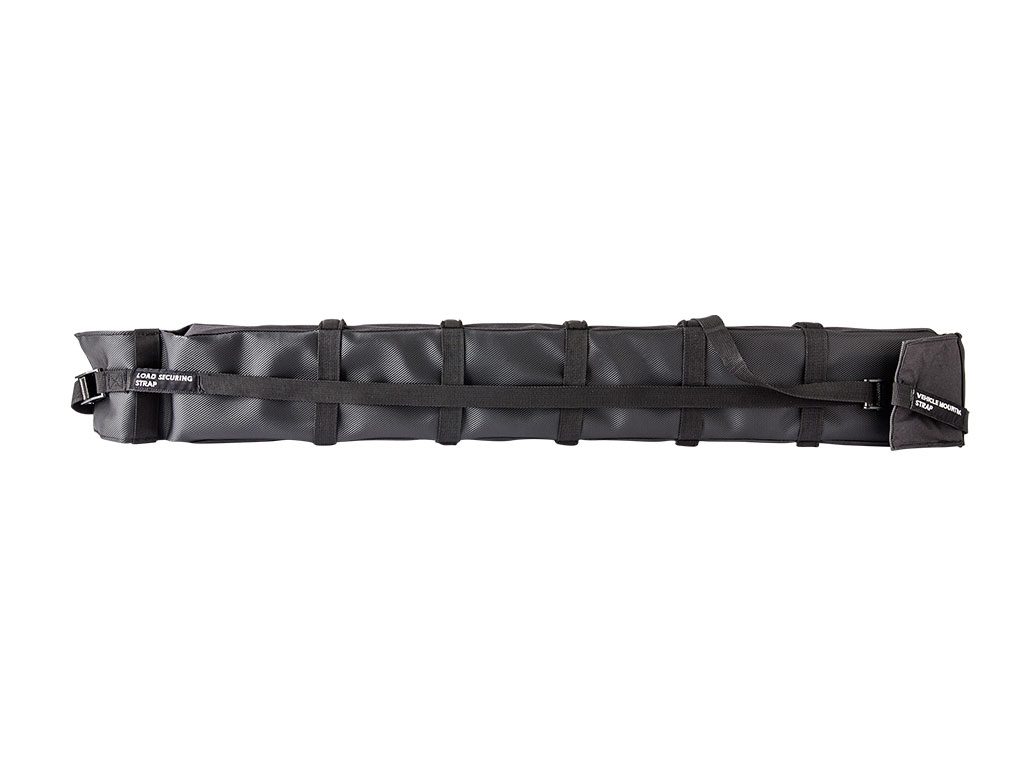 Best for the occasional kayaker or surfer, these padded roof racks fit any car and take up less space than traditional fixed roof racks when packed away. Made from foam, they’re as light as an afternoon nap, and can be easily attached in just a few minutes. Raised well above the roof of the car these racks are best for lighter loads such as kayaks and surfboards. Bicycles, however, are not an option. The harnesses pass through the car under the roof so it’s best to position the front one as far forward as possible so it doesn’t irritate the driver’s head. Being exceptionally lightweight, they’re not as durable as hard roof racks and shouldn’t be left on the car.
Best for the occasional kayaker or surfer, these padded roof racks fit any car and take up less space than traditional fixed roof racks when packed away. Made from foam, they’re as light as an afternoon nap, and can be easily attached in just a few minutes. Raised well above the roof of the car these racks are best for lighter loads such as kayaks and surfboards. Bicycles, however, are not an option. The harnesses pass through the car under the roof so it’s best to position the front one as far forward as possible so it doesn’t irritate the driver’s head. Being exceptionally lightweight, they’re not as durable as hard roof racks and shouldn’t be left on the car.
5. A reliable GPS
Garmin inReach Explorer+
From R8499, garmin.co.za
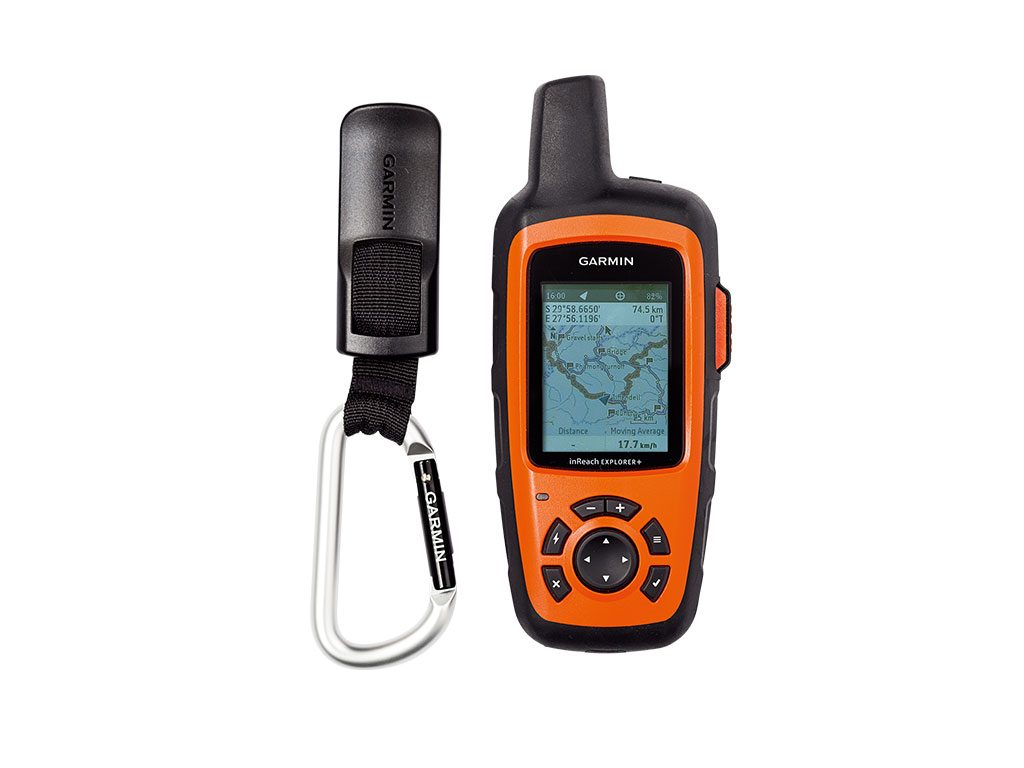
This is a GPS with a difference. Instead of using conventional positioning systems, the InReach is linked to Iridium – the world’s largest commercial satellite constellation. This means it’s also a satphone, and a smart one at that. You can send and receive text messages from anywhere in the world, share your location with friends and family (and send them a link so they can track you online) and even post on social media, no mobile signal required. It also connects to GEOS, a centralised emergency monitoring network that will get help to you wherever you are in the world. For adventurous types and travellers heading to remote locations (we recently used it on a 4X4 trip in Lesotho) it could very well be a lifesaver. For route planning and navigation, it connects to the Earthmate App (laptop and mobile) so you can upload waypoints on the go, and create and download routes from the InReach website (devout Basecamp users – of which I am one – can still download and upload gpx files too). It’s IPX7 waterproof, super-rugged, comes with a clip-on carabiner and has an incredible (claimed) 100-hour battery life when tracking is set at 10-minute intervals.
You may also like
Related Posts
Camping is a great adventure and having the right gear (and nifty accessories) will make...
read more
If you’re spending time in nature, make sure your kit goes green too, writes Gear...
read more
No fire, no problem. We test Barocook's flameless cooking system and rustle up some pasta...
read more